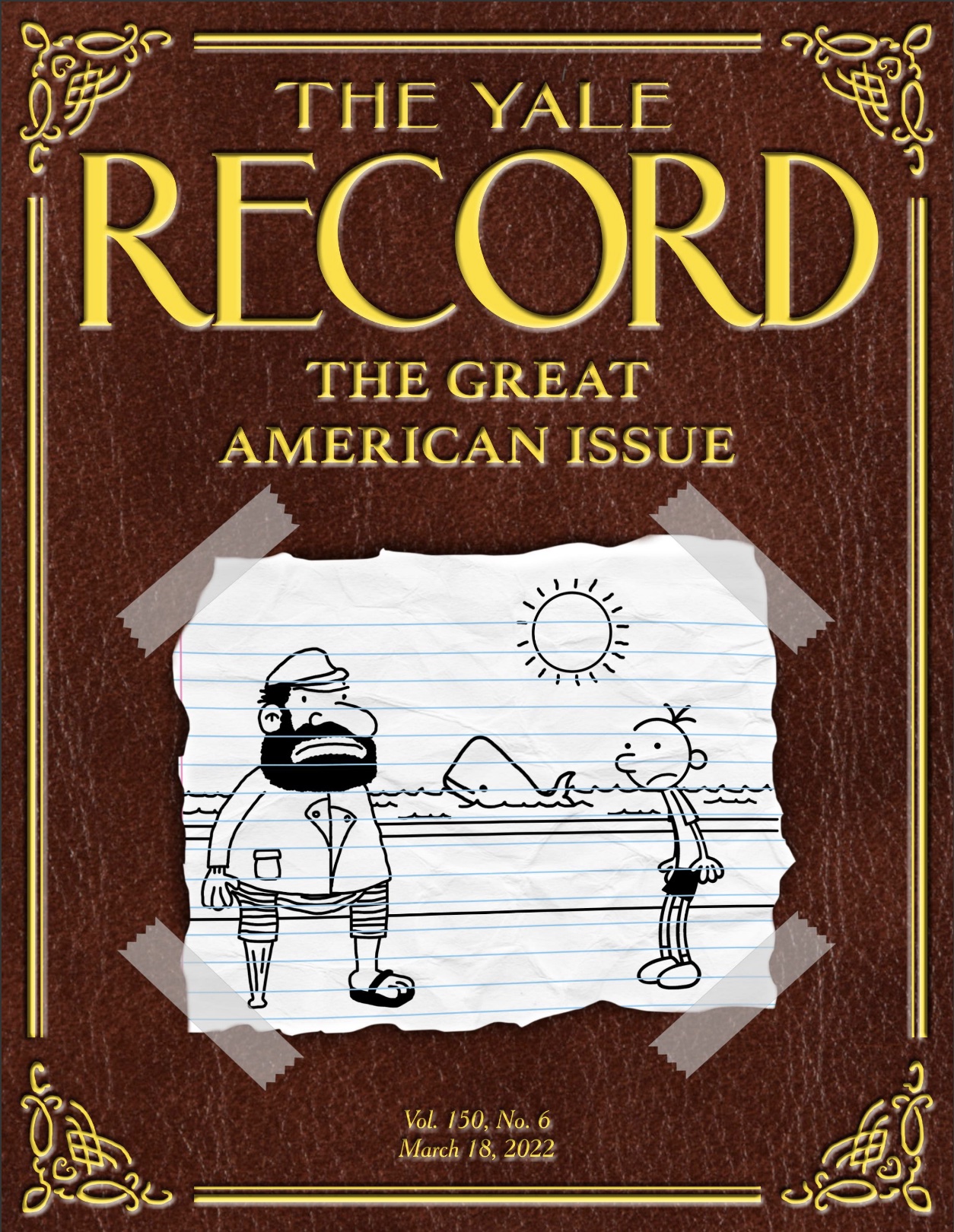What is the Great American Novel? It depends on who you ask. The earliest known use of the term was in 2200 B.C., when the Sumerian king Meskiagnun the Hollow-boned called his cuneiform epic the first “Great American Novel.” Scholars have disputed this claim on the grounds that he died four thousand years before the United States was established, but the term has been used constantly ever since. From 1776-1781, Tory deserter Nathan Shelley held sole claim to the title with his romantic melodrama Abigail Marry Me Or Else, (a veiled threat towards the milkmaid who had rejected him the summer prior), until 1782 when the second-ever American novel Nathan the Bedwetter plunged the literary world into a frenzy.
What makes a novel great in the first place? It depends on who you ask. The New York Times bestseller list only cares whether a book sells best. Alison Bechdel likes novels that feature two talkative women, and her brother Brock Bechdel feels the same about novels with chatty men. For his yearly lists, Barack Obama consults an army of malnourished culture curators imprisoned in an underground ziggurat. The Goblin King goes solely by goblin count. These days, greatness is less clear cut than ever. Ask nine people twice each for a definition, and you’ll get eighteen different answers.
Could length equal greatness? People often concede “…I guess it was great though…” when they finish a long book they didn’t love, if only to justify having sunk so much time into it. Length certainly brings prestige; a good third of Moby Dick is just recipes for whalebone chowder, and the entirety of David Foster Wallace’s The Broom of the System is reprinted in the endnotes[1] of Infinite Jest.
Unfortunately, that theory doesn’t account for the great works of shorter fiction. Ernest Hemingway’s miniscule novel “For Sale: baby shoes, never worn” is great because it’s tragic—a baby has been born without feet. The Great Gatsby is great because it has “Great” in its title and that’s enough. Metrics, it seems, aren’t the metric we’re looking for.
Still, there are some novels that critics agree are a cut above the rest. Beloved. Of Mice and Men. Ready Player One. These titles endure because they speak to something real within us—the urge to mother a ghost, or kill your simple-minded buddy, or enter a world in which being a nerd loser is dope and cool. But critical “consensus” isn’t clear cut either. Historically, literary authorities are overwhelmingly white and male. Even more worrying, the industry is hopelessly flooded with nerd losers. When it comes to establishing a canon, women, people of color, and suave musclemen rarely get a say.
Does a novel have to be read to be great? Does a novel have to be written to be great? Can you write a great novel even if you’ve mostly done short form comedy writing of under a thousand words? If a trolley is barrelling at 60mph towards a person writing a Great novel, but you have the ability to redirect it towards a person writing a so-so novel instead, should you pull the lever?
These are the questions that English majors like myself ponder every day. We use words like “juxtapose” and “mellifluousness” and argue about meaning, whether meaning can be argued, and whether arguments of meaning comprise the totality of meaning. Then we write double-spaced essays of five to eight pages where our conclusion is “it’s a complex issue,” and our professors give us A minuses.
Of course, maybe we’re overthinking it. Alexander was Great because he knew how to ride a horse. Roger Ebert called films “great” arbitrarily based on how many stars they had; he never gave a four star movie a bad review and never gave a one star movie a good one. Nobody disagrees that the Wall of China is great; in fact, we feel the need to congratulate it every time we bring it up in conversation. Maybe greatness is just greatness—nothing more, nothing less.
I guess I’m not qualified to define the Great American Novel. I’m not qualified to do much of anything. After high school, I stopped developing a marketable skill set, and I fear when I enter the working world I will have little to say and less to offer. However, I am qualified to talk about this magazine. For almost a year, I have given it my heart and a small part of my soul. I know the fonts we use in the news spread, the buffer widths on the inside margins of feature pages, and the myriad errors that come from tight deadlines and no salaries (sorry to Ishikaa Kothari ’25 for accidentally attributing your National Geographic Issue piece “Dinosaurs Discovered Since You Were In Kindergarten” to “Staff”).
What you hold in your hands is the single greatest issue facing America today: The Great American Issue. There are some who will disagree, who will say that this isn’t even the greatest issue the Record has done this year. They’ll say that the First-Year Issue made more exciting design choices and the 24-Hour Issue told a more engaging and cohesive story. To those naysayers, I will say “what,” and when they repeat themselves I’ll say “what” again, and I’ll keep doing that until they realize I’m just being petty and stop criticizing me.
This is the Great American Issue. It isn’t great because it’s long, or insightful, or free of trolley track marks. It’s great because it’s great.
That’s good enough for me.
—J. Wickline
Editor in Chief



